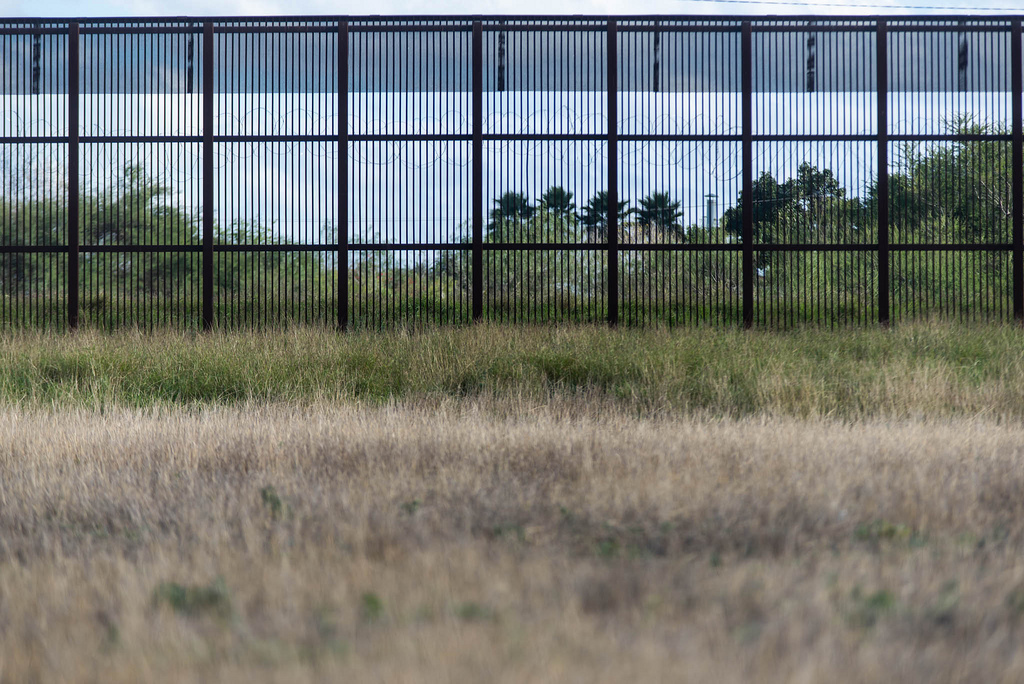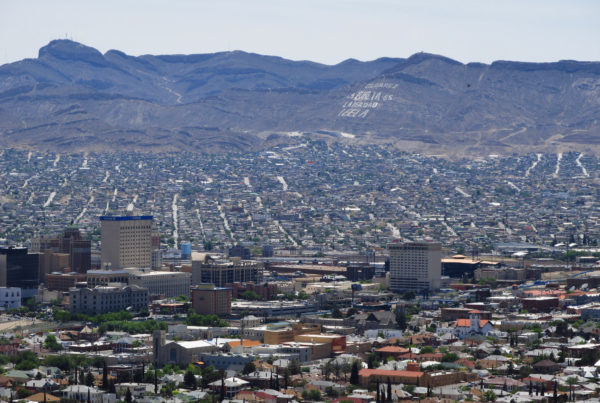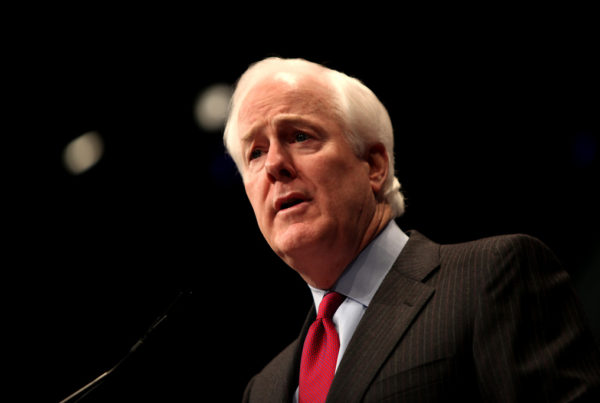While there was a lot of focus early Friday on President Donald Trump’s declaration of a national emergency to build his version of the southern border wall, it’s important to note what Congress did approve for border-barrier construction in its recent spending deal, which Trump said he will sign Friday.
Caitlin Emma is a budget and appropriations reporter for Politico, and says the House and Senate passed the bipartisan bill that includes almost $1.4 billion for fencing along a portion of the Rio Grande Valley border region in Texas.
“I’m talking about bollard fencing, or steel slats,” Emma says.
But Emma says there are parameters in the deal about where the fencing can be built.
“I believe it bars construction in a butterfly sanctuary and some other areas like that. But it’s far less money than what the president was demanding for weeks,” Emma says.
Trump had originally asked for $5.7 billion for his wall project.
Under the deal passed by Congress, most of the border barrier would be built in Starr County, and bollard fencing would be the material – it’s tall, steel slats arranged so that there are narrow gaps between each one.
The issue of “detention beds” also came up during negotiations among lawmakers, which Emma says almost prevented the deal from happening.
“Essentially all talks stopped on Saturday over this issue,” Emma says.
She says Democrats want fewer beds in immigration detention centers as a way to cap how many people Immigration and Customs Enforcement can detain at one time.
“[To] insure that the Trump administration is prioritizing the fact that when they’re detaining illegal immigrants within the country that they are detaining immigrants who are committing serious crimes,” Emma says.
But she says Republicans, on the other hand, have been pushing for more beds.
She says the deal is a compromise that funds 45,000 detention beds.
“Both sides have spun the numbers in their favor,” Emma says.
She says the deal also provides funding for things like more Border Patrol agents, initiatives to better detect opioid trafficking at the border, humanitarian projects and upgrades to technology.
“It’s really a broad package,” Emma says. “In addition to the fact that it keeps a quarter of the government open through the end of the fiscal year, avoiding a second shutdown.”
Written by Caroline Covington.

















